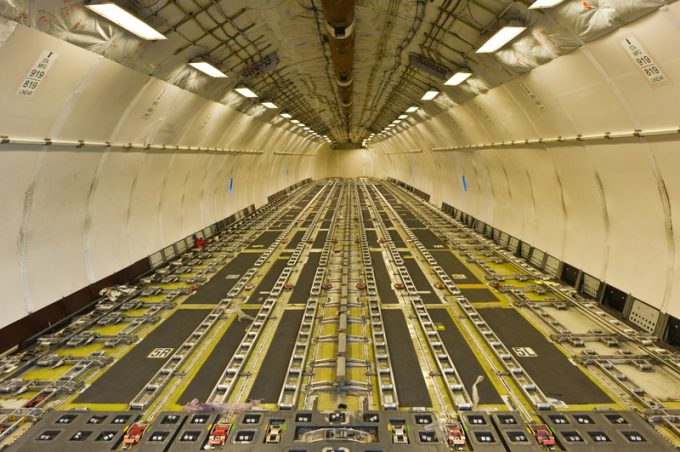Middle East airfreight capacity plummets as carriers suspend services
Airfreight capacity in the Middle East has plummeted since the outbreak of hostilities between Israel ...

In a bid to help shippers and forwarders understand air freight rates better, Tiaca is urging the air cargo industry to adopt dynamic load factors.
The move follows a poll of its members revealed that only 2% thought the industry should stick with traditional weight-based load ...

Comment on this article
Stan Wraight
October 26, 2020 at 5:33 pmTell me how on a 15 hour flight, when weight for cargo is at a minimum due fuel etc., and you still have the same cubic meters available this generic statement of both volume and weight calculations can work.
each airline, by route, through a proper revenue management system can calculate their own “Load factor” objectives, generic averages mean nothing.